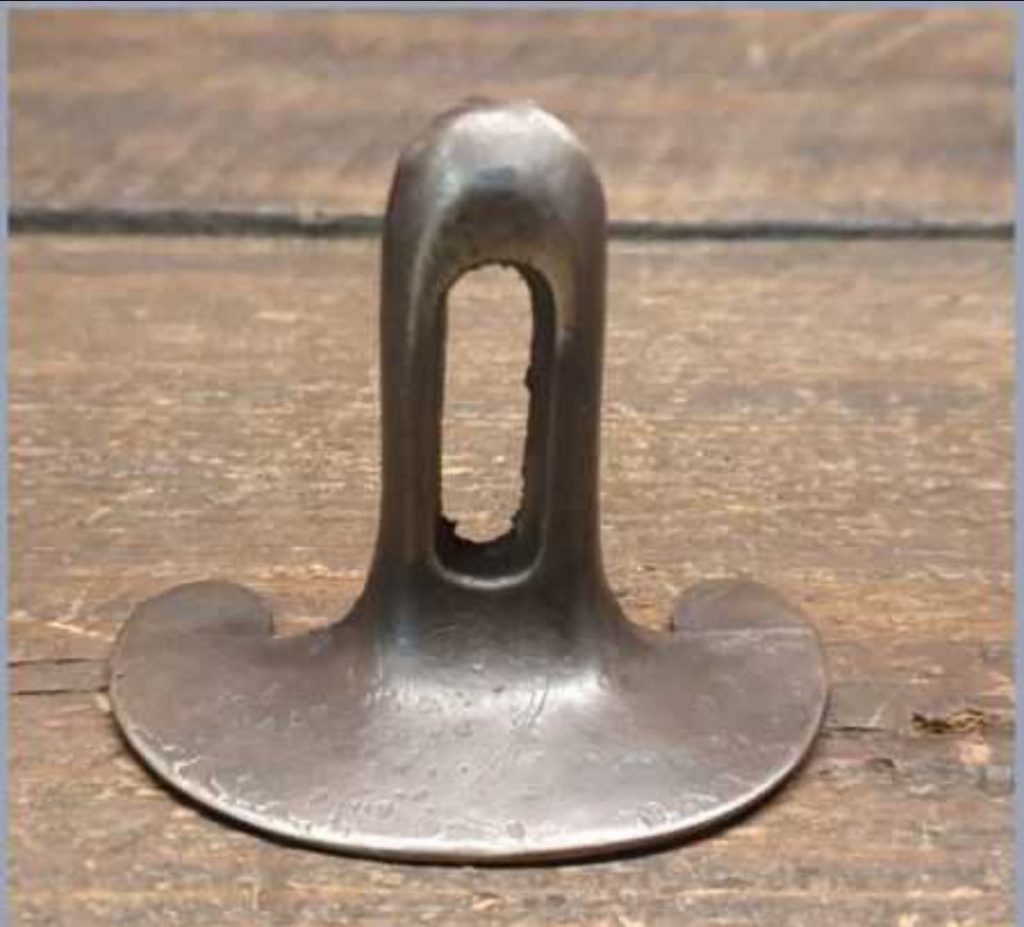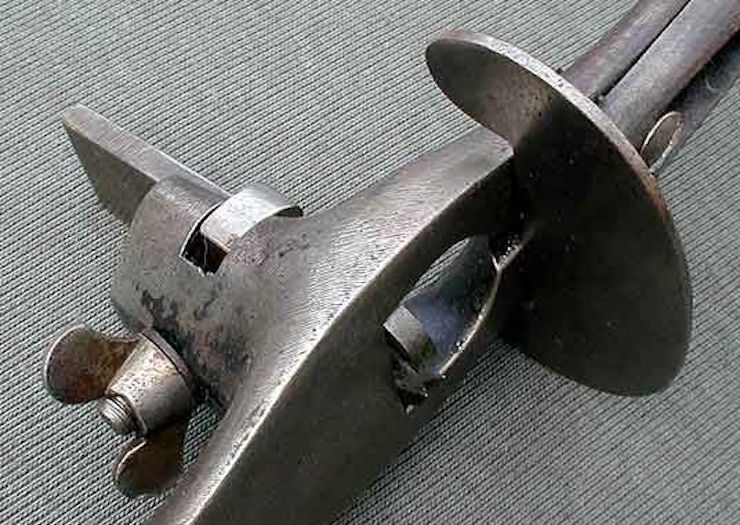The Quirk Router: A Unique Tool with an Ingenious Design
Woodworking is full of interesting tools, each designed with a specific purpose to enhance precision and creativity. Among these unique tools, the quirk router stands out as one of the most fascinating, with a history that goes back to the 19th century. But what exactly is a quirk router, and why is it so beloved by woodworking enthusiasts? Let’s dive into the fascinating world of this unusual tool and uncover how it operates, its uses, and its distinct design.
Understanding the Quirk Router: A Tool for Precision Grooves
A quirk router is a specialized hand tool used primarily for creating grooves, specifically quirks, which are small grooves typically found in molding profiles. Unlike other tools such as a plough plane, the quirk router is designed to handle curves and undulating surfaces with ease. Its short sole makes it an excellent choice for tasks in tight spaces where longer-bodied tools struggle to reach.

Originally designed for molding purposes, the quirk router has found uses in other tasks like creating inlay grooves, joint grooves, and working on curved surfaces. This versatility makes it a valuable asset to any woodworking toolkit, especially when crafting intricate details on furniture and decorative items.
The Design of the Quirk Router: The Pincer-Like Cutter
One of the most intriguing aspects of the quirk router is its iron or cutter, which has a very distinctive design. The cutter ends in two pincer-like curves, with a sharp cutter on one side and an inverted V-shaped chisel on the other. This V-shaped chisel is crucial for severing the fibers on either side of the groove, allowing the cutter to lift the waste material cleanly and efficiently.
What makes this design so effective is the action of the slitters, which are similar to those found on a dado plane. These slitters help create a clean and precise groove without splintering the wood. Depending on the orientation of the iron, you can either push the cutter to sever the fibers and then pull to excavate the material, or vice versa.
Using the Quirk Router: Flexibility and Precision
Using a quirk router may initially seem challenging, especially when compared to other more familiar tools. However, with practice, it becomes a highly efficient tool for creating stopped grooves and inlaid grooves in woodwork projects. One key feature of the quirk router is that it can be used in both directions, thanks to its ability to flip the iron around, offering a level of flexibility that many other tools cannot.
Video : What Is a Quirk Router
A notable feature of the quirk router is that it can be adjusted for different groove sizes by swapping out the cutter. The Preston quirk router, for instance, comes with cutters of varying sizes, such as 3/32nd, 1/8th, and 3/16th. However, it’s important to note that replacement cutters can sometimes be difficult to find, depending on the router’s specific model.
The Quirk Router and Its Historical Significance
Quirk routers were especially popular during the 19th and early 20th centuries, particularly in the world of fine furniture making and decorative woodwork. They were highly regarded for their ability to craft intricate molding profiles and add unique details to wooden pieces. As the demand for detailed and custom woodwork grew, so did the use of quirk routers, which quickly became a go-to tool for artisans looking to add precision and elegance to their creations.
Today, these vintage tools have become highly sought after by woodworking enthusiasts and collectors who appreciate their historical significance and unique design. The quirk router is often seen as a reminder of the craftsmanship and ingenuity of past woodworkers.

The Quirk Router in Modern Woodworking: A Tool for Today’s Craftsperson
Despite its age, the quirk router still finds relevance in modern woodworking. While power tools and newer hand tools may have taken over many tasks, the quirk router remains a valuable tool for those looking to recreate traditional joinery or add a nostalgic touch to their work. Woodworkers who prefer hand tools and enjoy working with traditional techniques appreciate the precision and control the quirk router offers.
In addition to its historical applications, the quirk router has found a place in niche woodworking projects, such as restoring antique furniture or making custom molds for molding and trim work. Its ability to carve precise and clean grooves in hard-to-reach places makes it a favored tool for tasks that require delicate attention to detail.
A Tool Worth Exploring: The Quirk Router’s Legacy
For those interested in woodworking, exploring the world of the quirk router is an exciting journey. Whether you’re an experienced woodworker or just beginning to explore the craft, the quirk router offers an opportunity to work with a tool that has a rich history and timeless functionality. It’s a craftsman’s tool, designed for those who appreciate the fine details and want to continue the legacy of creating works of art out of wood.
Video : Making a Quirk Router Plane
The fact that quirk routers were used in such intricate woodworking projects speaks to the craftsmanship required to operate them and the precision that they offer. As new generations of woodworkers rediscover these vintage tools, the legacy of the quirk router lives on, ensuring its place in modern craftsmanship.
Conclusion: The Charm of the Quirk Router
In conclusion, the quirk router is not just a tool—it’s a piece of history. Its clever design, with the pincer-like cutter and ability to work on curved surfaces, makes it a fascinating addition to any woodworker’s toolkit. Whether used for molding, inlay grooves, or creating decorative details, the quirk router has proven its worth for centuries.
The charm of the quirk router lies not only in its practicality but also in its historical significance. It represents a time when woodworkers relied on hand tools to create masterpieces, and it continues to inspire today’s crafters to embrace the traditions of the past while bringing them into modern woodworking.